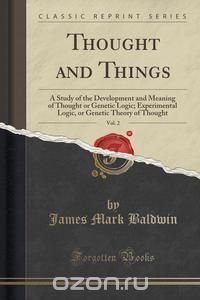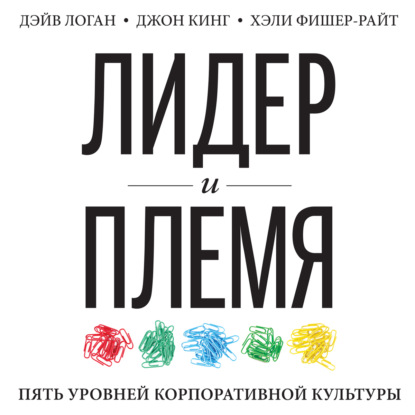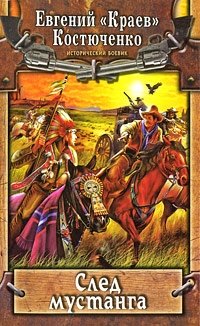Excerpt from Thought and Things, Vol. 2: A Study of the Development and Meaning of Thought or Genetic Logic; Experimental Logic, or Genetic Theory of Thought
The Preface to the first volume of this work was of course intended to answer for the whole. It was there explained that the different volumes were written in form suitable for separate and independent reading and use in the Universities. The place and scope of this volume in reference to its fellows is also indicated there, and is further commented upon in the "Introduction to Vol. II."
A word is necessary, however, on a point or two which, if left unexplained, might excite criticism. I am in this volume in nowise attempting to make an exhaustive or adequate presentation of the principles of the ordinary Formal Logic. It is not even proposed to cite the literature widely. The treatment here given to the topics ordinarily discussed in Formal Logic is from a definite point of view, and only so much citation of theories and authorities is made as is found sufficient to suggest the relation that this point of view bears to others. With a view to this I have selected certain works for citation, as both representative and recent: Keynes' Studies and Exercises in Formal Logic, 4 ed., and Bradley's Studies in Logic, the one strictly formal, in its point of view, and the other more psychological. While using these two able and influential works as background, and often as objects of seeming criticism, I do it with the explicit expression of genuine admiration and indebtedness. In Bradley's book especially I find certain anticipations of the positions that I arrive at from the genetic point of view, as well as certain distinctions that I believe to be fundamental; among the latter the distinction between what he calls "mere suggestion" and judgment. With these I also cite the articles of C. S. Peirce, C. Ladd Franklin and Robert Adamson, especially those of Peirce, in my Dictionary of Philosophy and Psychology.
About the Publisher
Forgotten Books publishes hundreds of thousands of rare and classic books. Find more at www.forgottenbooks.com
This book is a reproduction of an important historical work. Forgotten Books uses state-of-the-art technology to digitally reconstruct the work, preserving the original format whilst repairing imperfections present in the aged copy. In rare cases, an imperfection in the original, such as a blemish or missing page, may be replicated in our edition. We do, however, repair the vast majority of imperfections successfully; any imperfections that remain are intentionally left to preserve the state of such historical works. Это и многое другое вы найдете в книге Thought and Things, Vol. 2 (James Mark Baldwin)















